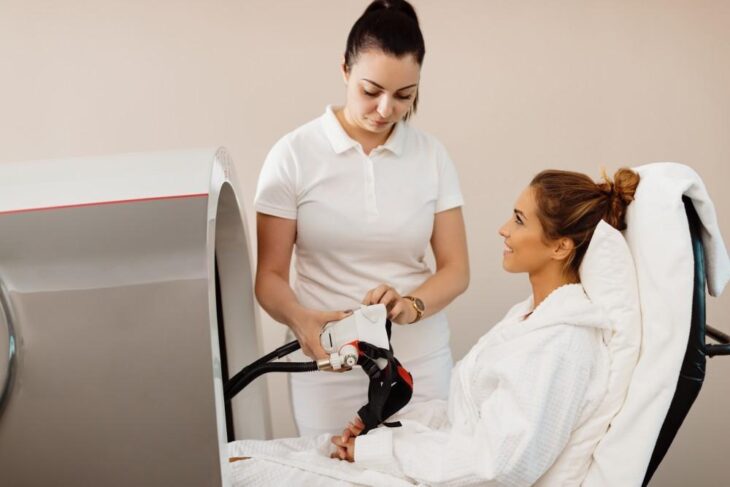
10 Tips for Understanding the Technology Behind How a HBOT Chamber Works
Hyperbaric Oxygen Therapy, better known as HBOT, is a state-of-art medical treatment that has gained popularity for its potential and precise benefits in different health conditions. At the base level, HBOT involves breathing pure oxygen at higher-than-normal atmospheric pressures. It all happens inside a specialized chamber known as a hyperbaric chamber. This article will give you a comprehensive understanding of the tech behind how this device works. We will try to scratch the surface and touch the details of this therapeutic approach, dividing it down into ten tips that will put light on the mechanism behind it and medical significance.
Tip 1: What is HBOT and its purpose?
In essence HBOT is a medical treatment that collects the power of O2 to promote healing and recovery. The base purpose of HBOT is to increase oxygen levels in the body’s tissues. This move accelerates the healing process and supports different medical conditions. This therapy is used to treat a wide array of conditions such as non-healing wounds, carbon monoxide poisoning, radiation injuries, and much more. It relies on the fact that oxygen plays a vital role in our bodies, our health, and full recovery.
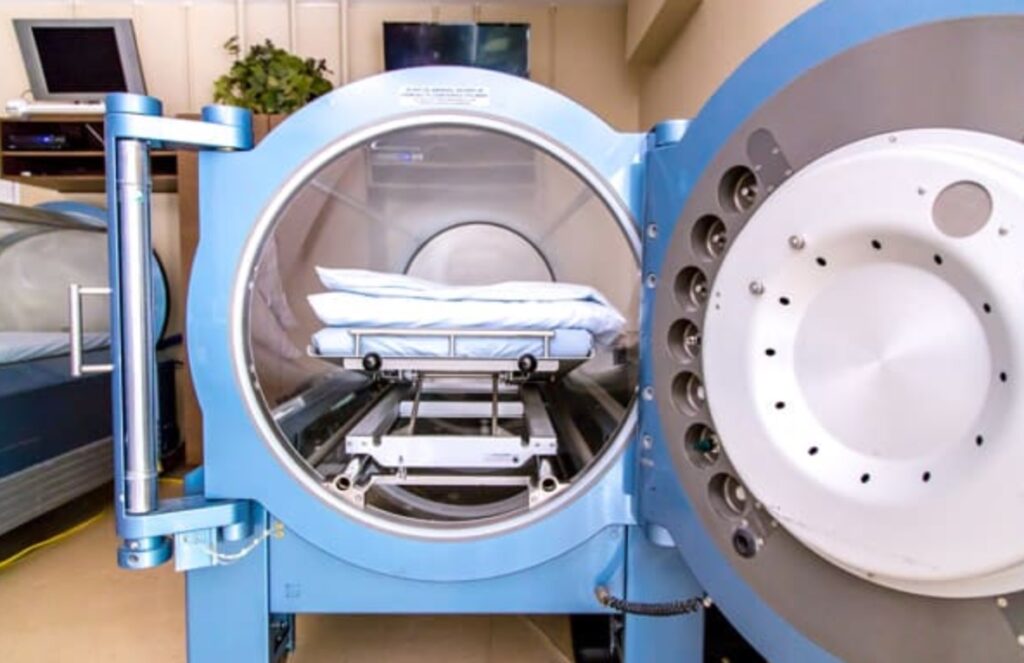
Tip 2: The basic structure of an HBOT chamber
The basic structure of an HBOT chamber and the knowledge of it is crucial to grasp how it works. These chambers are usually cylindrical in shape and created of tough materials like steel or acrylic. The next pieces of equipment tied to these chambers are airtight doors that seal it during treatment. This chamber is made to withstand high pressures, which allows the internal environment to be pressurized to the level the patient needs and desires. Inside, patients receive comfortable seating or bedding which makes them safe and comfortable during the whole procedure.
Tip 3: How pressure affects the body during HBOT
One of the primary factors in HBOT is the so-called pressure manipulation. The chamber itself is pressurized to high levels eclipsing those of the atmospheric pressure, which is measured in atmospheres absolute (ATA). The received increased pressure gives the body power to absorb more oxygen, even at the lowest cellular level. The higher pressure allows the disintegration of oxygen directly into the bloodstream, reaching those areas that have a compromised blood flow. This environment, rich in oxygen, enhances the healing ability of the organism and enables it to fight off infections.
Tip 4: The role of oxygen in HBOT
When it comes to HBOT everything revolves around oxygen. This therapy relies on the flow of pure oxygen to the person lying inside the hyperbaric chamber. Breathing 100% oxygen combined with an increased pressure gives the body a surplus of this gas which is essential for our well being and overall health. This oxygen supply, on a supercharged level, supports cellular metabolism, reduces inflammation, and promotes the growth of new blood vessels. All of this combined ultimately adds to tissue repair and regeneration.
If you’re interested in what it brings to the table you should look to purchase a hyperbaric chamber and start reaping the benefits straight away.
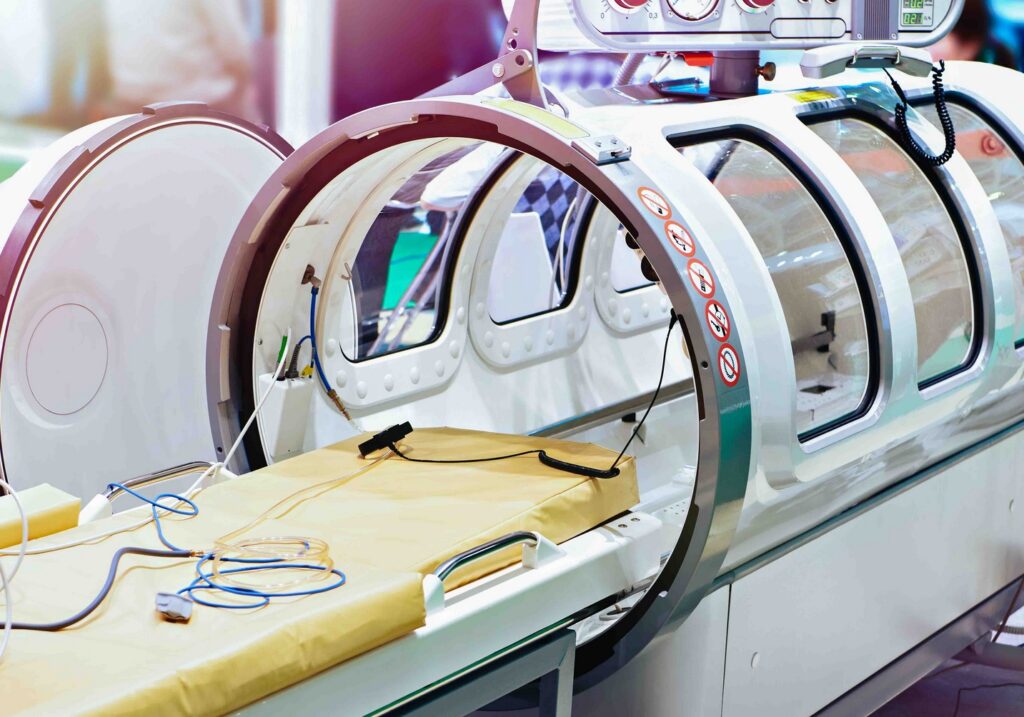
Tip 5: Safety measures in HBOT chambers
When it comes to HBOT chambers safety is of vital concern. These outlets are carefully designed and maintained to stand off any accidents or possible complications. The airtight doors and tight construction ensure that it remains secure and safe during any treatment. Trained healthcare professionals, who operate these machines, closely follow patients during the entire session to be able to address any issues instantly. To ensure all is according to rules of health engagement, special protocols are in place to prevent barotrauma (pressure-related injuries) and other potential risks.
Tip 6: The mechanics of pressurization and depressurization
The process of pressurization and depressurization in an HBOT chamber is a procedure done under strict protocols. The start is a slow increase of pressure inside the chamber. For those who have experienced it, people say that it is similar to a submarine going underwater. This phase is called compression. Patients may experience a sensation similar to flying in an airplane or descending in an elevator. Depressurization, on the other hand, is a return to normal atmospheric pressure which is done gradually. This controlled ascent is essential to prevent decompression sickness, also known as “the bends.”
Tip 7: Different types of HBOT chambers
HBOT chambers come in various shapes and sizes, and each is tailored to a specific medical need. Monoplace chambers, for example, are designed for single-person use and are often used in medical clinics. Multiplace chambers, on the other hand, can accommodate a few patients at once and are usually used in hospitals. Portable ones are those smaller in size and more accessible than other options, offering convenience for multiple applications. The choice of chamber type depends on different factors of need. The predominant ones are the patient’s condition, treatment goals, and medical facility capabilities.
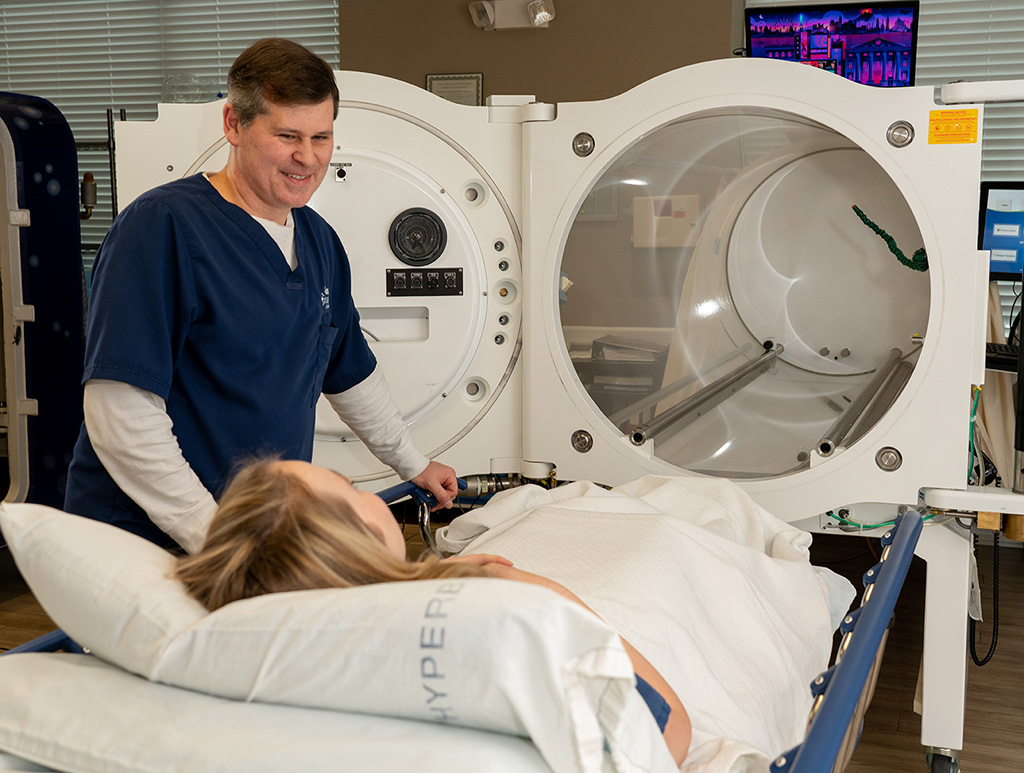
Tip 8: Monitoring and controlling oxygen levels
Precise control of oxygen levels is quite vital in HBOT. It ensures patient safety first and foremost, and secondly the treatment efficiency. Oxygen levels are monitored and adjusted throughout the entire session. This is done by highly trained technicians and an entire team of medical staff oversees the process. Their job is to constantly assess the patient’s response to treatment. This type of control prevents potential complications that are associated with oxygen toxicity (which is real) and ensures that patients receive the optimal oxygen dose for whatever their condition requires.
Tip 9: The patient’s experience inside an HBOT chamber
Entering an HBOT chamber is an unfamiliar experience for most patients. But, in essence, it is designed to appease the comfort of those who enter. Patients are usually given clear instructions before every session. The first step is to give the patients earplugs to equalize ear pressure. Inside the chamber, you can read, watch TV, or just relax while breathing pure oxygen. The treatment duration is not always the same. It all depends on the condition being treated, patient’s condition and overall health, with sessions lasting from 30 minutes to two hours.
Tip 10: Potential benefits and considerations of HBOT
HBOT has shown promise in a wide range of medical conditions, from diabetic foot ulcers to traumatic brain injuries. However, it’s essential to understand that not all conditions will benefit equally from this therapy. The potential benefits must be weighed against individual patient factors and the specific medical condition. It’s crucial for patients to consult with healthcare professionals to determine if HBOT is a suitable treatment option.
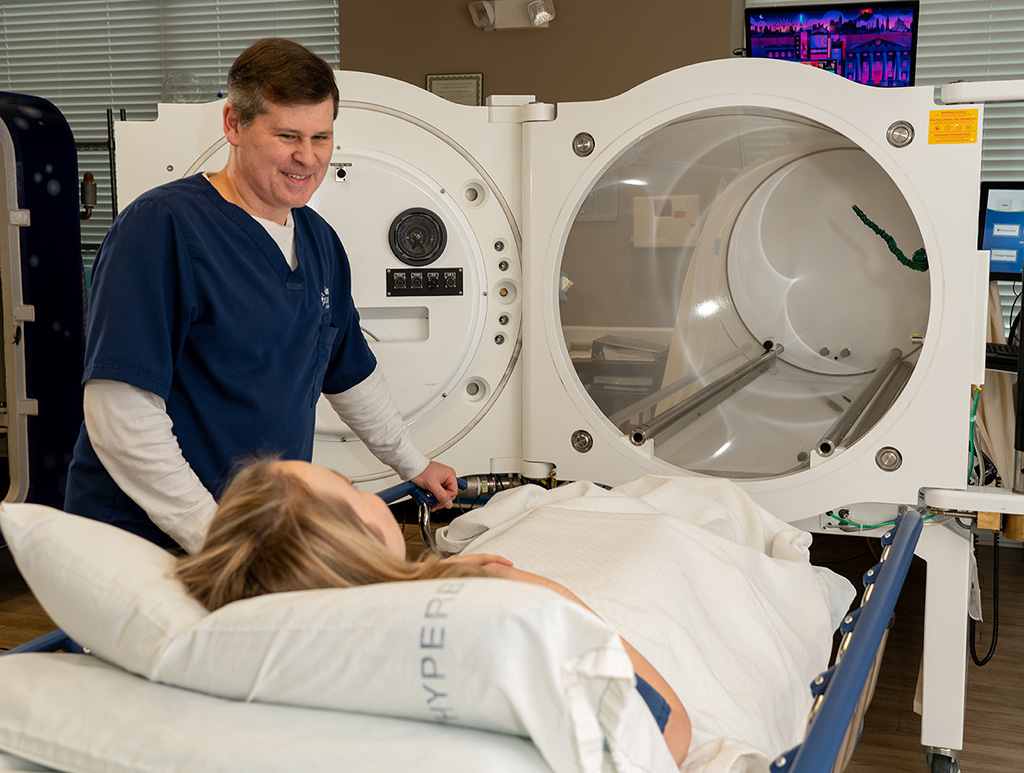
Conclusion: The importance of understanding HBOT chamber technology
Understanding the technology behind how an HBOT chamber works is essential for both healthcare professionals and patients. This therapy, with its innovative approach of delivering high-pressure oxygen, has the potential to bring relief and healing to individuals facing various medical challenges. By delving into the intricacies of HBOT, we can better appreciate its significance in the realm of medical treatments and make informed decisions regarding its use. As technology continues to advance, HBOT chambers represent a beacon of hope for improved health and well-being.